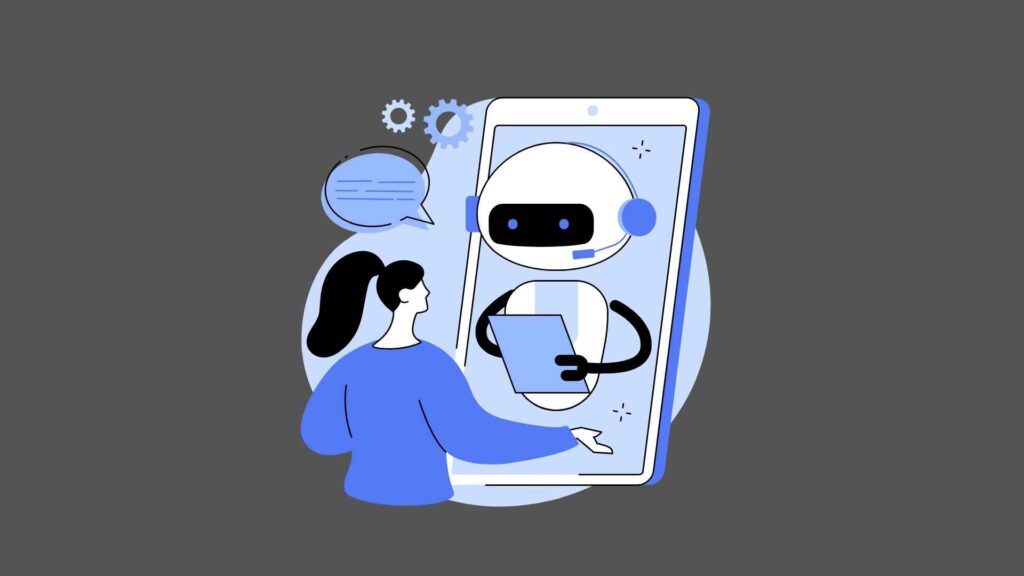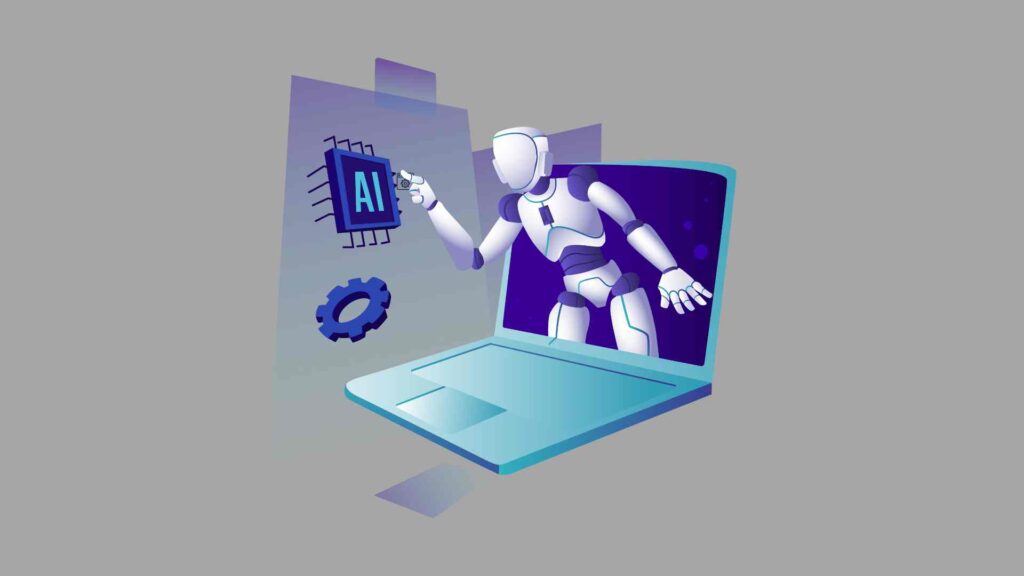Artificial Intelligence (AI) is transforming websites by enhancing user experience, automation, and engagement. Whether you want to add an AI chatbot, recommendation system, or AI-powered analytics, integrating AI into your website can provide a competitive edge.
In this guide, we’ll walk you through the best AI tools, platforms, and step-by-step implementation.
1. Why Integrate AI into Your Website?
✅ Enhance User Experience – AI chatbots provide instant customer support.
✅ Boost Engagement – AI-driven content personalization increases conversion rates.
✅ Improve Efficiency – Automates repetitive tasks like data analysis and customer queries.
✅ Stronger Security – AI detects and mitigates cyber threats in real-time.
🚀 Businesses that integrate AI report higher engagement and reduced operational costs!
2. AI Use Cases for Websites
A. AI Chatbots for Customer Support

AI Chatbots for Customer Support
AI chatbots instantly respond to customer inquiries, improving support.
Popular AI Chatbot Tools:
- ChatGPT API – Conversational AI powered by OpenAI.
- Tidio – AI chatbot for eCommerce and customer support.
- Drift – AI-powered sales and marketing chatbot.
🔹 Example: E-commerce websites use AI chatbots to answer FAQs, recommend products, and assist in purchases.
B. AI-Powered Search and Recommendations
AI improves website navigation with personalized content recommendations.
Best AI Search & Recommendation Tools:
- Google AI Search – Provides advanced site search functionality.
- Algolia – AI-powered search engine for websites.
- Amazon Personalize – AI-driven recommendation system.
🔹 Example: Netflix and Amazon use AI to recommend content/products based on user behavior.
C. AI Content Generation & SEO Optimization

AI Content Generation & SEO Optimization
AI tools assist in writing blog posts, optimizing SEO, and automating content creation.
AI Content & SEO Tools:
- SurferSEO – AI-driven content optimization.
- Jasper AI – AI-powered content writing assistant.
- Frase.io – AI for content research and writing.
🔹 Example: AI tools help bloggers and businesses rank higher on Google by optimizing content for search engines.
D. AI for Website Security & Fraud Detection
AI prevents cyberattacks, spam, and fraudulent activities.
Best AI Security Tools:
- Cloudflare Bot Management – Blocks AI-driven bot attacks.
- Darktrace – AI-driven threat detection.
- Google reCAPTCHA – Prevents spam and automated attacks.
🔹 Example: AI detects unusual traffic patterns to prevent DDoS attacks.
3. How to Integrate AI into Your Website?
Step 1: Define Your AI Goals
🔹 Do you need AI chatbots, personalized recommendations, or automated SEO optimization?
🔹 Choose AI tools based on your website type and business needs.
Step 2: Choose an AI API or Service
Most AI solutions offer ready-to-use APIs that can be easily integrated into websites.
| AI Feature | Best API to Use |
|---|---|
| AI Chatbots | OpenAI API, Dialogflow |
| AI Search | Algolia, Google AI Search |
| AI Recommendations | Amazon Personalize, IBM Watson |
| AI SEO & Content | Jasper AI, SurferSEO |
| AI Security | Cloudflare, Darktrace |
🔹 Example: If you want an AI chatbot, use OpenAI’s ChatGPT API for smart conversations.
Step 3: Implement the AI API on Your Website
For WordPress Users
Most AI services offer WordPress plugins for easy integration.
🔹 Example: Install Tidio plugin for AI chatbots or Rank Math for AI-powered SEO.
For Custom Websites (HTML, JavaScript, Python, etc.)
Use AI APIs via RESTful requests.
📌 Example: Integrating ChatGPT API in JavaScript
🔹 This allows your website to send AI-generated responses to users.
Step 4: Train & Optimize AI Performance
Once AI is implemented:
✅ Monitor analytics – Track how AI is interacting with users.
✅ Fine-tune responses – Improve chatbot accuracy by training it with more data.
✅ Update AI models – AI improves over time with continuous training.
4. Challenges of AI Integration
🚨 High Costs – Some AI services require paid APIs.
🚨 Privacy Concerns – AI collects user data, so ensure GDPR compliance.
🚨 Performance Issues – Poorly optimized AI can slow down websites.
🔹 Solution: Use cloud-based AI solutions like Google AI, AWS AI, and OpenAI to reduce costs and improve efficiency.
Final Thoughts
Integrating AI into your website can enhance user engagement, automate tasks, and improve security. Whether you’re using AI-powered chatbots, recommendations, or security features, following the right integration steps ensures a seamless experience.
Key Takeaways:
✅ AI improves website automation & engagement.
✅ Use APIs like OpenAI, Algolia, and Cloudflare for easy integration.
✅ Monitor and optimize AI for better performance & security.
By leveraging AI-driven technologies, your website can provide a smarter and more interactive experience for users! 🚀
